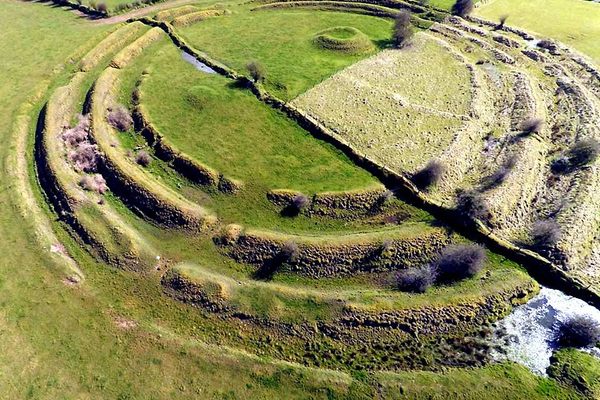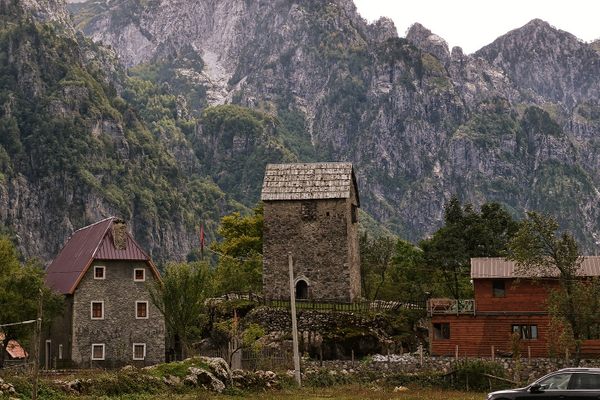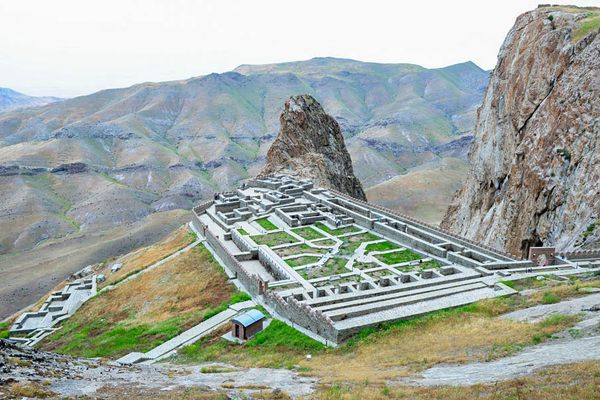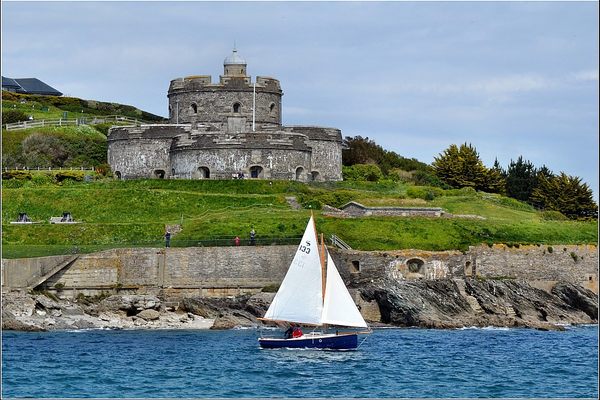About
These beautiful towers dominate the desert skyline. For more than a century, they’ve provided a vantage point for both scanning the horizon for enemies and tracking the movements of the celestial world.
The towers were built in the late 1800s and renovated in 1910 during the reign of Sheikh Mohammed bin Jassim Al Thani. They served a dual purpose: In addition to being watchtowers installed to ward off off the possibility of another Ottoman invasion, the towers were also a site for astronomical observations. It was here where astronomers studied the Moon during Ramadan.
The Barzan Towers compound comprises of two towers, a small mosque, and a reception room for guests. Both towers have a rectangular base reinforced by buttresses at the corners. Their walls, which are approximately three feet wide, are made of local coral and limestone held together by mud and covered by gypsum-based plaster.
The towers were strategically placed near a rawdat, an ecosystem where rainwater collects and allows indigenous flora and fauna to grow. In the arid climate of Qatar, rawdats are particularly valuable areas. But sadly, little of the rawdat is visible today, as the surrounding area has witnessed extensive urban development.
It’s possible to enter the tower and climb the internal staircase to reach the top level. The thickness of the walls and the small windows ensure a cool temperature inside the towers all year round.
Related Tags
Published
February 12, 2018














































